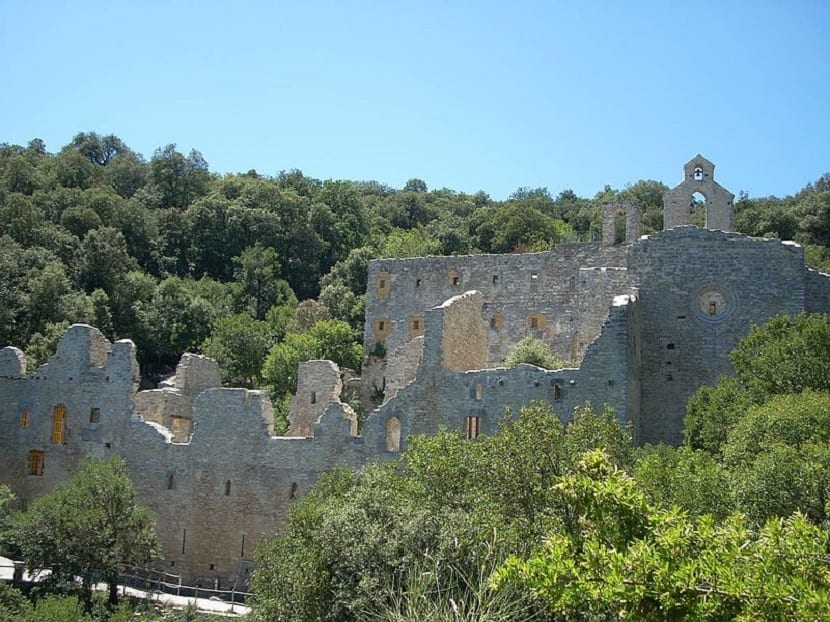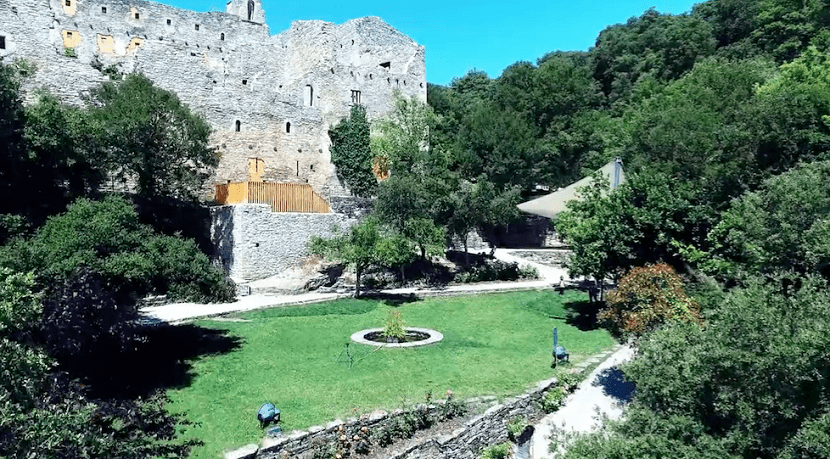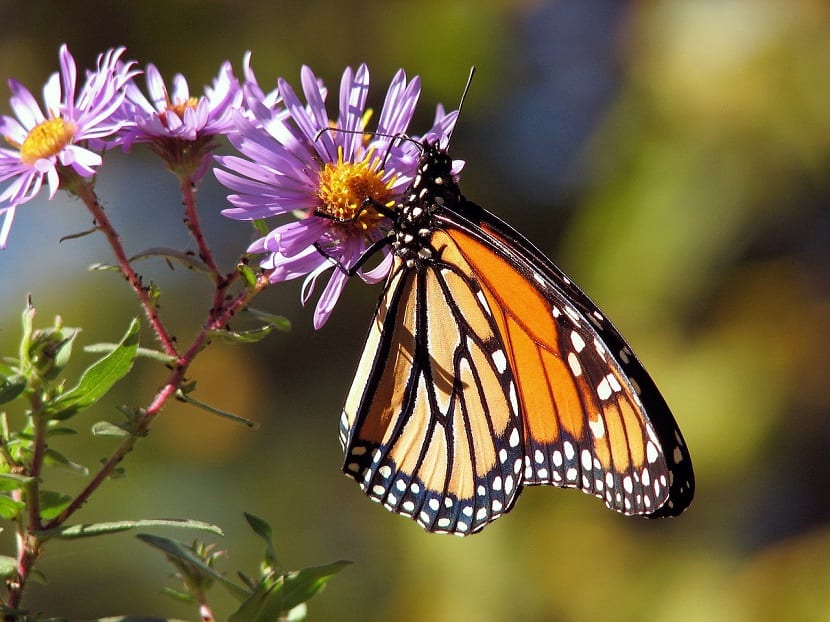
Image | Wikipedia
One of the most special places in the province of Álava, Spain, is the Santa Catalina Botanical Garden. Also known as the Iruña de Oca Botanical Garden or the Trespuentes Botanical Garden. So it is totally advisable to visit it during a getaway to Vitoria - Gasteiz, the capital of Alava.
All those who know it for the first time agree that it is a surprising site due to the fusion of the ruins of the Santa Catalina monastery, the nature of the Sierra de Badaia and the views of the Llaneda Alavesa, which translates into a haven of peace and beauty.
History
The original tower house was built by the most powerful family of Iruña de Oca in the XNUMXth century, during a period of feudal revolts. In the XNUMXth century, the Iruña family decided to move to Vitoria-Gasteiz, to the current tower of Doña Otxanda, and cede their old residence to the Jerónimos order. Years later it passed into the hands of the Augustinian monks, who preserved the old tower to add a church with a cloister and built the Monastery of Santa Catalina.
Already in the 1833th century, the Confiscation of Mendizábal forced the monks to leave the place and the ruin seized the monastery. Its condition worsened due to the first Carlist War (1840 and XNUMX), after the defeat the Carlists set it on fire so that it would not fall into enemy hands. Henceforth the Monastery of Santa Catalina fell into oblivion.
It took until the end of the XNUMXth century for the Iruña de Oca city council to start working on a project that would allow the site to be recovered, improving all the necessary aspects to offer a different and enriching experience. This objective became a reality in 2003 when the doors of the Santa Catalina Botanical Garden were opened. Since that year, visits have increased exponentially.

Image | Hotel Dato
Monastery and church
The complex, with an area of 32.500 square meters, preserves the ruins of an old palace, a convent and a church, as well as the remains of old working terraces. A masonry stone wall protects this botanical garden, a place where we find two clearly differentiated spaces: the interior and the exterior of the ruins. Inside, you can still see well the different rooms of the Augustinian monastery, including the church or the passageway. In addition, inside we can find a large metal structure, which raises the visitor to one of the highest points of the Santa Catalina Monastery through a spiral staircase, thus creating a wonderful viewpoint from which you can see the Llanada Alavesa, the city of Vitoria- Gasteiz and the Sierra de Badaia. Outside you can see the cisterns or terraces for growing vines, among others.
Botanical Garden of Santa Catalina
The Botanical Garden of Santa Catalina houses more than a thousand species of plants from the five continents. This botanical collection arises from the great floristic richness of Iruña de Oca thanks to the microclimate that allows it to have Mediterranean climate species and species of Atlantic character.
In addition, this garden has an interesting redoubt of holm oaks, representative of the primitive holm oak that in previous times occupied the entire Sierra de Badaia.
During the tour we can enjoy native and international species. Trees and flowers spread over the three areas of the park: shady, valley bottom and sunny side.
Star Park
The Botanical Garden of Santa Catalina is certified as the first Star Park in Spain by meeting the appropriate conditions to carry out activities of observation of the universe. This recognition gives rise to the organization of guided night tours, concerts under the stars or Full Dom 360º planetarium sessions.

Image | Pixabay
Butterfly
In the upper part of the Botanical Garden of Santa Catalina there is a small spherical room that performs the functions of a butterfly garden. The best time to see butterflies is the month of July.
Interesting information
How to get
The best way to get to the Santa Catalina Botanical Garden if we access it from Vitoria-Gasteiz is on Álava-bus line 13, which connects the capital with Trespuentes. The bus stop is next to the church. From there you would have to walk up to the entrance of the garden. In the case of traveling by private car, it is advisable to use the AP-68 as a reference since the garden is less than 6 km from this road.
Visit Duration
The estimated duration is 1h. 30m. approximately although there is no time limit.
Best time to visit
The best time to see the flowers is during spring (May and June), although if you want to appreciate the colors of autumn, it is advisable to visit it from October.
Is it necessary to reserve?
If the visit you want to make is free, it is not necessary. Otherwise, if you prefer the guided tour, you must.
Visit price
- Individual ticket: 3 euros.
- Children up to 10 years free.
- Groups of 10 or more people 2 euros.
- Student card 1,5 euros.
Schedule
- Summer hours (May 1 - September 25): Monday to Friday from 10:00 a.m. to 14:00 p.m. Saturdays, Sundays and holidays from 10:00 a.m. to 20:00 p.m.
- Hours during the rest of the year: Monday to Friday from 10:00 a.m. to 14:00 p.m. Saturdays, Sundays and holidays from 11:00 a.m. to 15:00 p.m.